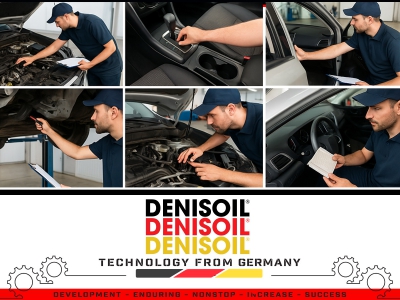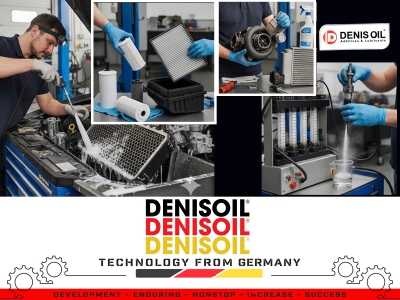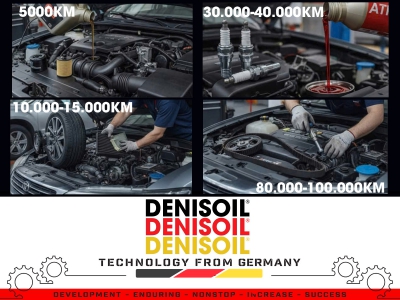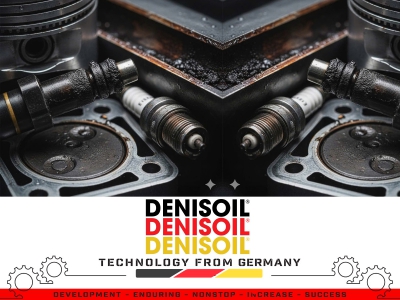1. Role of Water in Metalworking Fluid Systems
Water accounts for 90–95% of water-soluble cutting fluids.
The quality of water directly affects:
- Emulsion formation and stability
- Lubrication, cooling, and rust prevention performance
- Fluid life and microbial growth rate
If non-standard water (too hard or too soft) is used, the emulsion will become unstable, separate, form white deposits, or cause metal corrosion.
2. Water Hardness – The Most Critical Parameter
Water hardness indicates the concentration of calcium (Ca²⁺) and magnesium (Mg²⁺) ions in water,
measured in mg/L (ppm) as CaCO₃ equivalent.
|
Water Type
|
Hardness (mg/L as CaCO₃)
|
Technical Characteristics
|
|
Very Soft Water
|
< 30 mg/L
|
Poor emulsion stability, phase separation, corrosion risk, unstable pH.
|
|
Standard Water for Metalworking Fluids
|
50 – 150 mg/L
|
Excellent emulsion stability, balanced pH, minimal corrosion and residue.
|
|
Moderately Hard Water
|
150 – 250 mg/L
|
Usable, but monitor for residue and clean periodically.
|
|
Very Hard Water
|
> 250 mg/L
|
Causes white scum deposits, nozzle clogging, emulsion breakdown, cloudy appearance.
|
Recommended Value:
Ideal water hardness for soluble cutting fluids: 100 ± 50 mg/L as CaCO₃.
3. Why Groundwater Should Not Be Used
In Vietnam, groundwater often contains:
- Iron (Fe²⁺/Fe³⁺) and manganese (Mn²⁺) → cause oxidation and discoloration of the fluid.
- Chloride (Cl⁻) and sulfate (SO₄²⁻) ions → accelerate corrosion of copper and aluminum.
- Organic matter and microorganisms → produce foul odors and promote bacterial contamination.
Therefore, groundwater is not suitable for preparing metalworking fluids.
4. Recommended Water Sources
|
Water Type
|
Technical Characteristics
|
Usage Recommendation
|
|
Tap Water
|
Moderate hardness (50–150 mg/L), pH 7–8
|
Best suited for most water-soluble metalworking fluids.
|
|
RO Water (Reverse Osmosis)
|
Very low hardness (5–30 mg/L), slightly acidic pH
|
Should be blended with tap water to achieve 50–100 mg/L hardness.
|
|
DI Water (Deionized)
|
Nearly all ions removed → very “soft”
|
Do not use directly — add trace minerals (Ca/Mg) to stabilize emulsion.
|
|
Groundwater
|
High Fe, Cl⁻, and other metal ions
|
Not recommended.
|
5. Consequences of Using Improper Water
|
Problem
|
Water-Related Cause
|
Practical Effect
|
|
Emulsion separation, oil floating
|
Water too soft (lacking Ca, Mg)
|
Poor cooling, rust on workpieces
|
|
White deposits, cloudy fluid
|
Water too hard
|
Nozzle clogging, dirty sump, shortened fluid life
|
|
Rapid fluid degradation, pH drop
|
Water contaminated with bacteria or heavy metals
|
Odor, microbial growth
|
|
Staining or corrosion on Cu/Al parts
|
Water high in Cl⁻ or SO₄²⁻
|
Discoloration, reduced surface finish
|
6. Practical Operation Recommendations
- Test water hardness monthly using a CaCO₃ test kit or TDS meter.
- If water is too hard (>200 mg/L): use a water softener or dilute with RO water.
- If water is too soft (<50 mg/L): blend with tap water or add trace Ca/Mg minerals to stabilize the emulsion.
- Always record the water source and hardness value in the coolant maintenance log.
Technical Note:
The ideal water for water-soluble metalworking fluids should have:
- Moderate hardness (50–150 mg/L as CaCO₃)
- pH between 7.0–8.0
- Free of iron, chloride, sulfate ions, and organic contaminants
RO or DI water should only be used after adjusting the hardness to the recommended range.
 Tiếng Việt
Tiếng Việt
 Chinese
Chinese
 English
English







